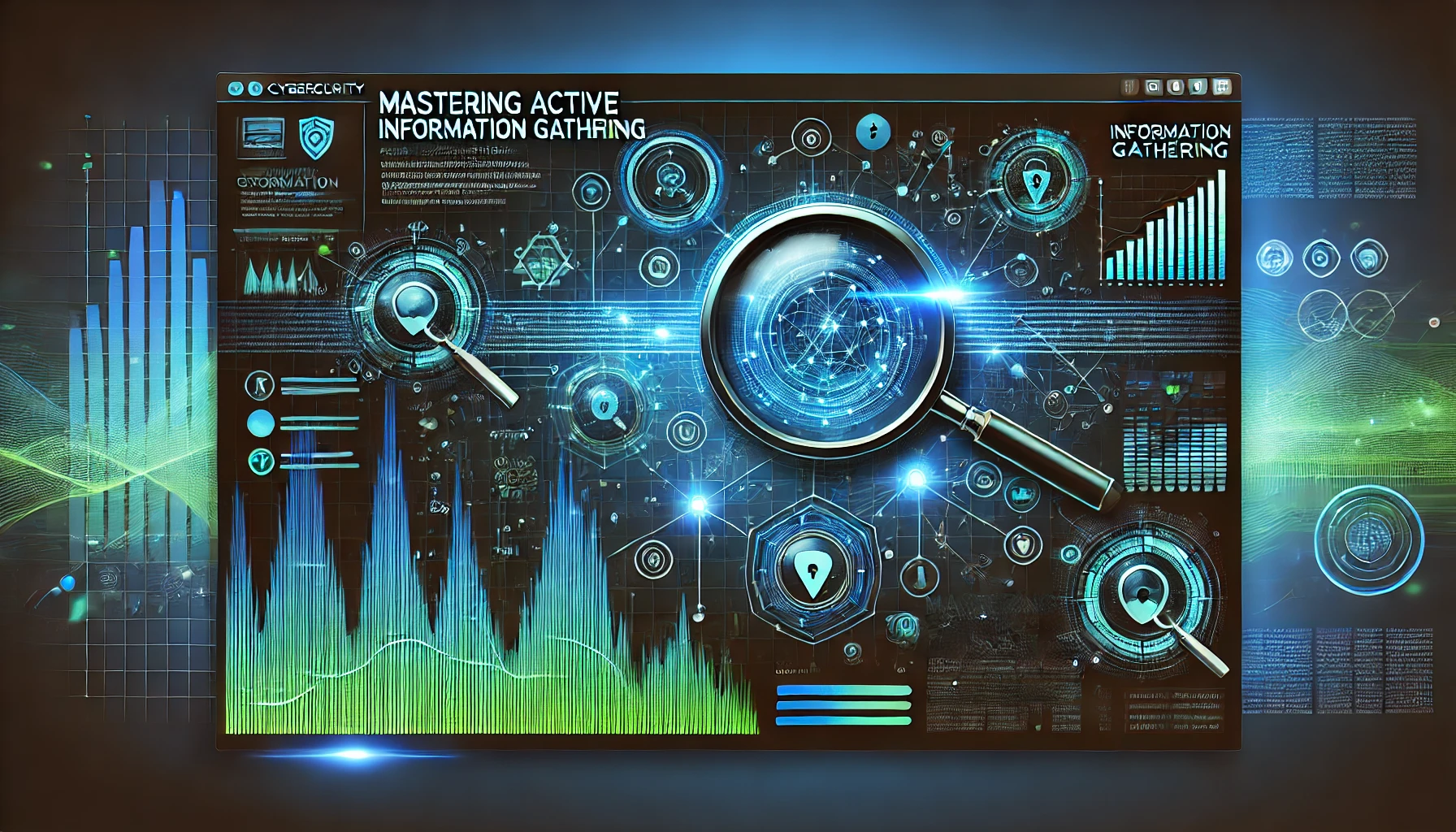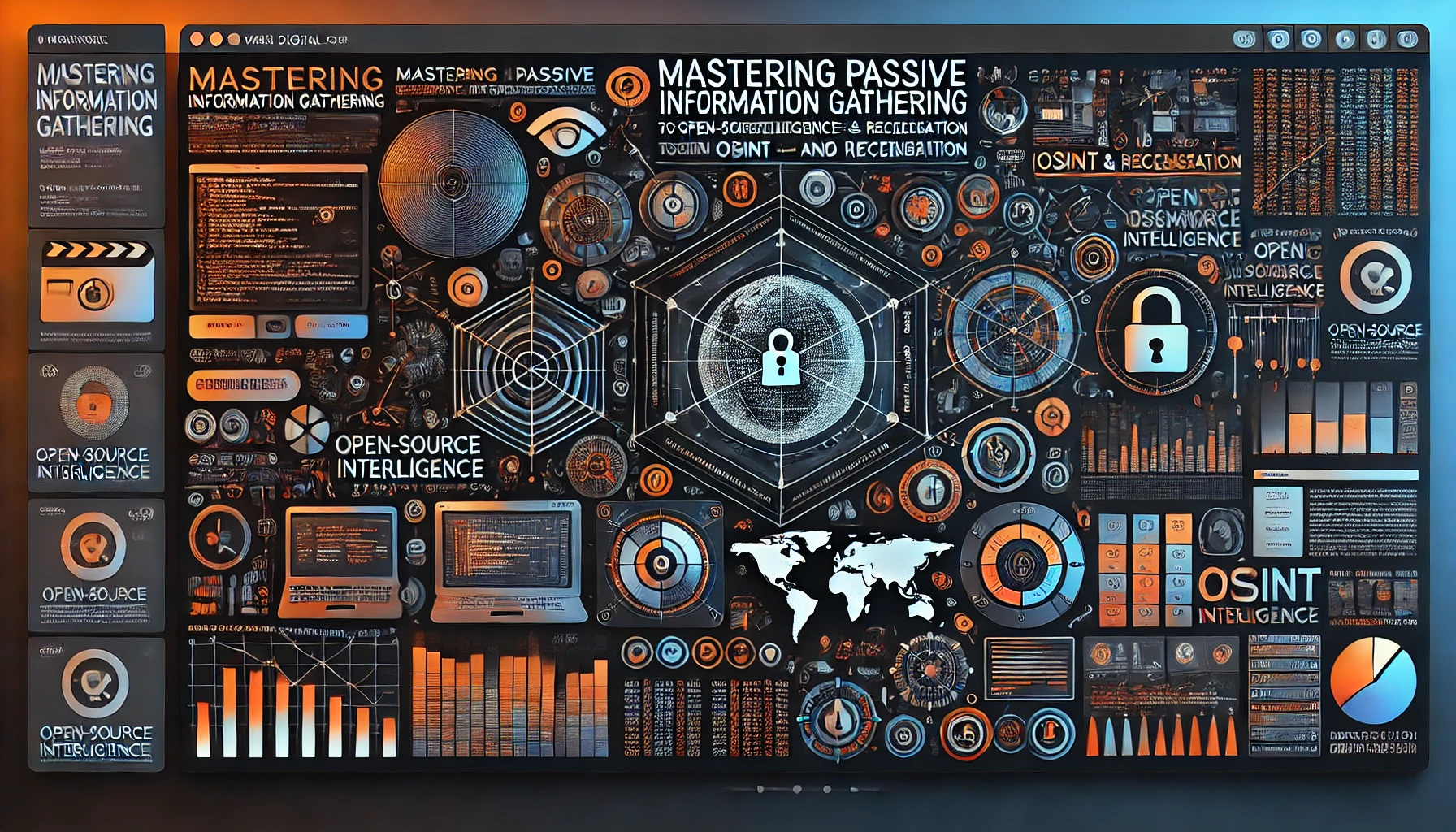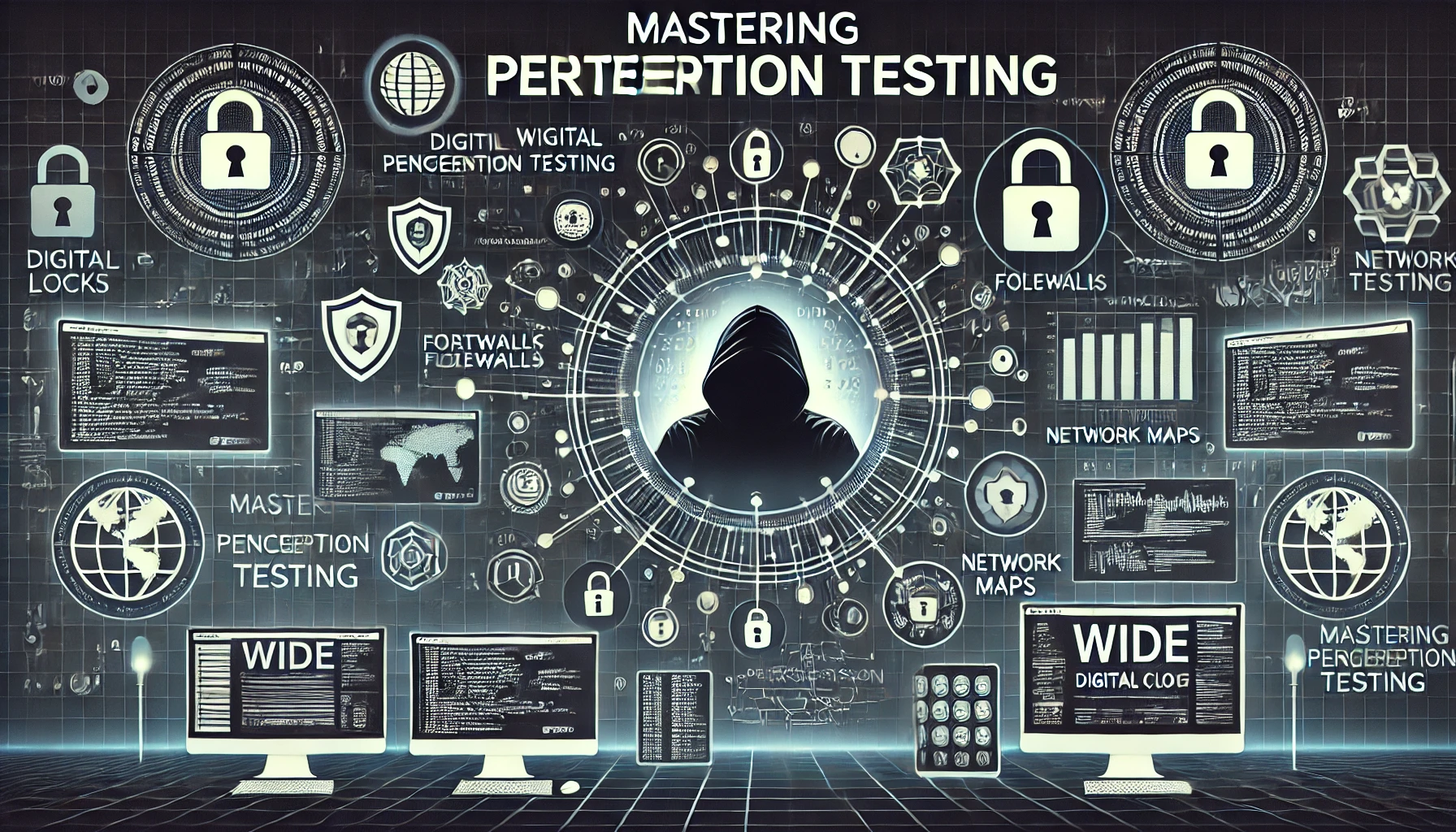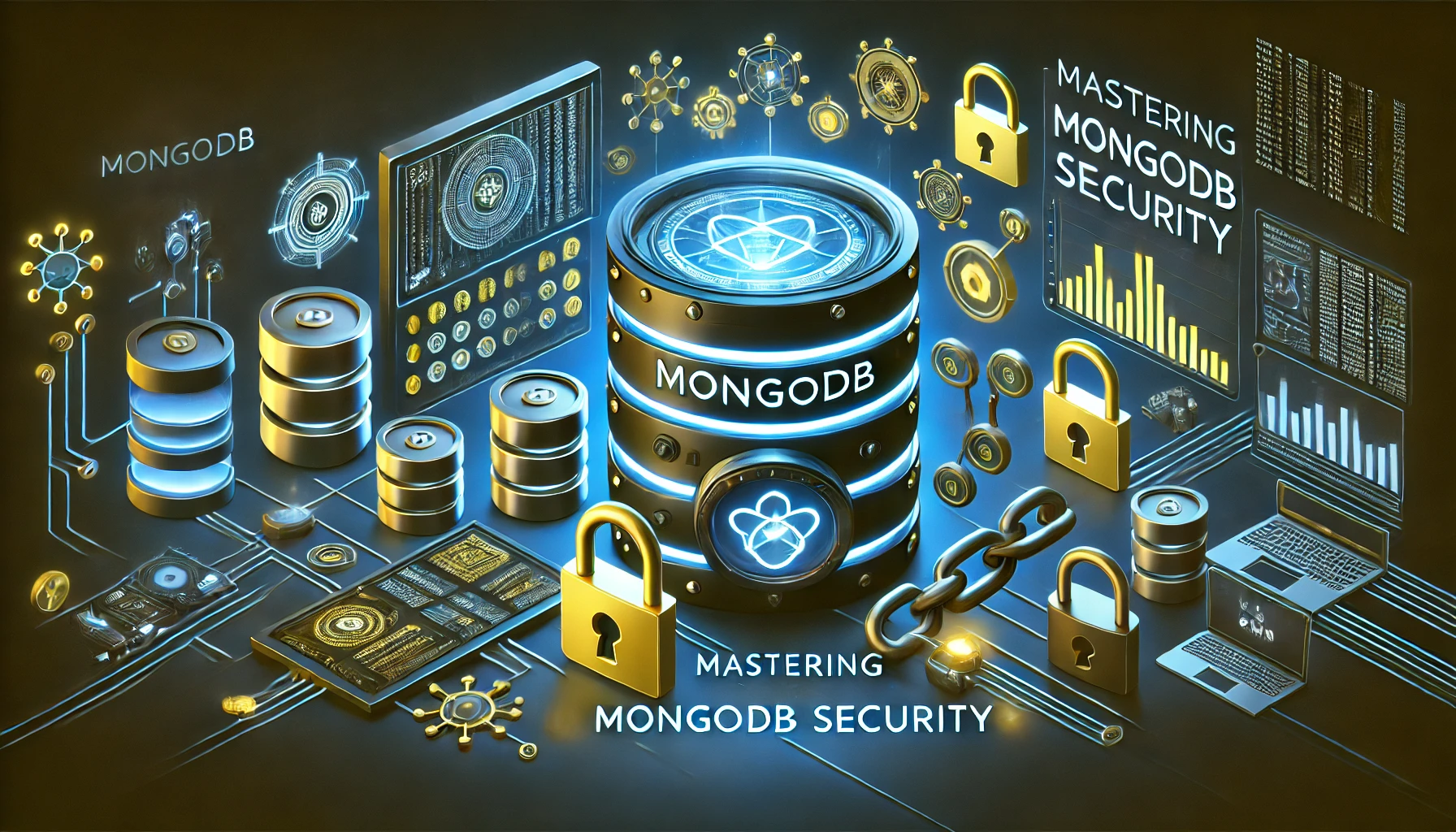
Cybersecurity in the Public Sector: A Comprehensive Guide to Cybersecurity
Welcome to Secure Debug’s blog post on cybersecurity for the public sector. In this comprehensive guide, we will explore the unique challenges faced by the public sector in maintaining robust cybersecurity measures and discuss the best practices to protect sensitive data from cyber threats.
Understanding the Public Sector’s Cybersecurity Landscape
The public sector, comprising government agencies, educational institutions, healthcare organizations, and other public entities, holds a vast amount of sensitive information that is highly targeted by cybercriminals. The critical infrastructure, citizen data, and national security are all at stake.
Public sector organizations face various cybersecurity challenges, including:
- Advanced Persistent Threats (APTs): Government entities often encounter sophisticated and long-term cyber attacks aimed at stealing classified information or disrupting services.
- Data Privacy: Public sector organizations collect and store a massive amount of personally identifiable information (PII), necessitating stringent data protection measures to prevent breaches and unauthorized access.
- Legacy Systems: Many public sector entities still rely on outdated legacy systems, making them vulnerable to cyber attacks due to outdated security patches and unsupported software.
Best Practices for Cybersecurity in the Public Sector
1. Implement Robust Access Controls: Limit access to sensitive data through the principle of least privilege, ensuring that only authorized personnel can access critical systems and information.
2. Regular Vulnerability Assessments and Patch Management: Conduct periodic vulnerability assessments to identify and address potential weaknesses. Promptly apply security patches and updates to mitigate known vulnerabilities.
3. Strong Authentication and Password Policies: Enforce the use of strong passwords, multi-factor authentication (MFA), and password rotation policies to prevent unauthorized access to systems and accounts.
4. Security Awareness Training: Educate employees about common cyber threats, phishing attacks, and social engineering techniques. Regular training sessions can significantly reduce the risk of human error leading to security breaches.
5. Encrypt Sensitive Data: Utilize encryption techniques to protect sensitive data at rest and in transit. Encryption ensures that even if data is intercepted, it remains unreadable and unusable to unauthorized individuals.
Conclusion
Cybersecurity in the public sector is a complex and ever-evolving challenge. By implementing robust security measures, staying updated with the latest threats, and fostering a culture of cybersecurity awareness, public sector organizations can safeguard critical assets and maintain the trust of citizens. At Secure Debug, we specialize in providing tailored cybersecurity solutions for the public sector. Contact us today to fortify your organization’s defenses against cyber threats.
Stay Connected with Secure Debug
Need expert advice or support from Secure Debug’s cybersecurity consulting and services? We’re here to help. For inquiries, assistance, or to learn more about our offerings, please visit our Contact Us page. Your security is our priority.
Join our professional network on LinkedIn to stay updated with the latest news, insights, and updates from Secure Debug. Follow us here.







